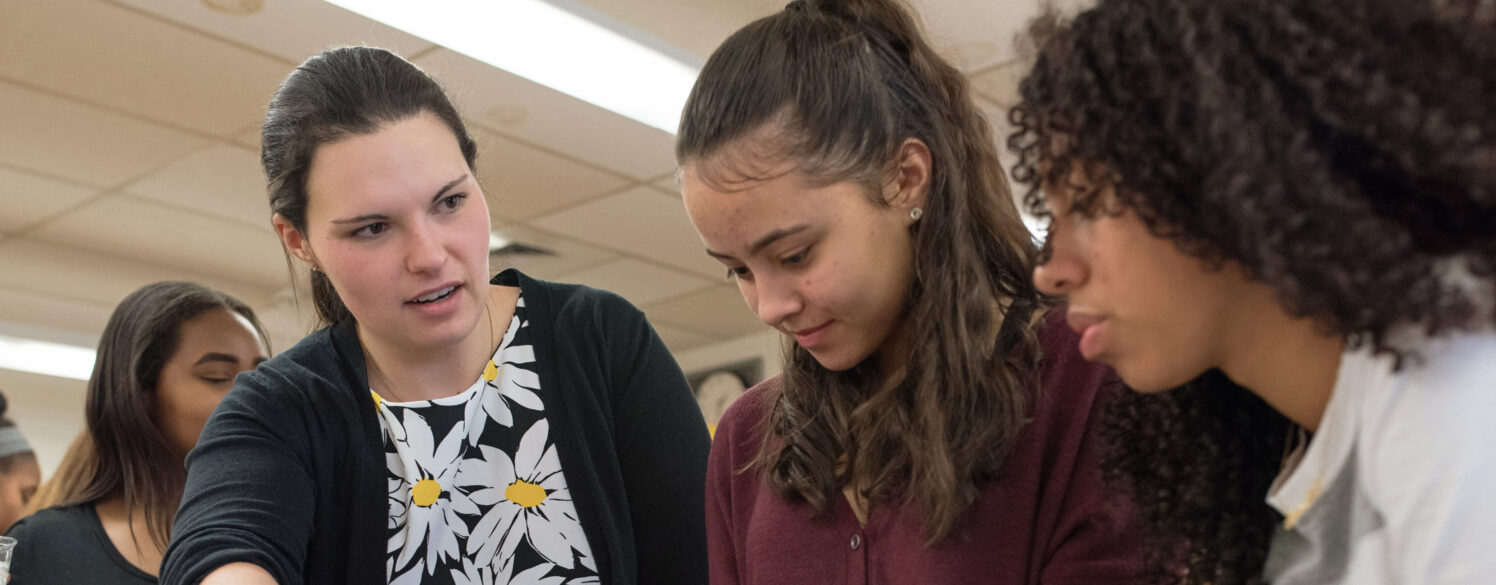Valuable Tools for Educators

Resources
-
Blog Math Teaching Strategies Bringing Learning Into Practice: The Power of Split VisionNew teachers often struggle to bring theoretical teaching practices into their classrooms. Viewing learning through both the student and teacher lens bridges this gap. This dual perspective empowers educators to translate abstract ideas into actionable strategies, fostering meaningful classroom practices and enhancing student engagement.
-
Blog Community Building Teacher Leadership Teacher Voices Through the Years: Kaleidoscope’s Top Reads (Part 3)For the last ten years, Knowles has been publishing a journal of teacher writing, called Kaleidoscope: Educator Voices and Perspectives. We are sharing some of our most read articles from the past ten years. Read articles #3-#1.
-
Blog Community Building Teacher Leadership Teacher Voices Through the Years: Kaleidoscope’s Top Reads (Part 2)For the last ten years, Knowles has been publishing a journal of teacher writing, called Kaleidoscope: Educator Voices and Perspectives. We are sharing some of our most read articles from the past ten years. Read articles #7-#4.
-
Blog Community Building Teacher Leadership Teacher Voices Through the Years: Kaleidoscope’s Top Reads (Part 1)For the last ten years, Knowles has been publishing a journal of teacher writing, called Kaleidoscope: Educator Voices and Perspectives. We are sharing some of our most read articles from the past ten years. Read articles #10-#8.
-
Blog Equity Teaching Strategies Cultivating a Classroom of Scientists through CollaborationThis blog highlights a teacher’s journey in fostering student collaboration and scientific identity using Complex Instruction (CI) and the Next Generation Science Standards (NGSS). It emphasizes actionable norms, inclusive curriculum, and elevating student status to create a classroom where every student believes they are a scientist, enhancing access and engagement for all learners.